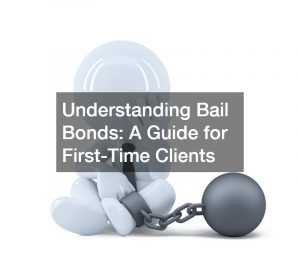Workplace safety is important to protect employees from debilitating physical and mental accidents. Even a small injury that causes lifelong discomfort is too high a price to pay to earn a living. While employees are protected by laws and regulations that can help them claim disability or mental disability benefits, it is better to ensure they never have to suffer impairments in the first place.
Businesses that focus on meeting occupation health and safety regulations will often find that it is easier for them to receive government grants and federal funding. Officials will want to support a business that displays integrity and values its workers. These businesses will also find that they have an effective and efficient workforce.
A new hire will always cost more to train and teach than retaining an experienced worker. Thus, it is in every business’s best interests to provide a safe and healthy workspace to ensure they can retain their employees. The long-term success of every business relies on the productivity of its workers. This underlines the necessity of providing them with a workspace that puts safety first.
A safe workspace that follows health guidelines will see increased productivity. They will be able to minimize employee injury, illness, and eliminate absenteeism. Employees will take sick leaves when they need it and avoid bringing any colds into the workplace. They will be motivated to use the sick leaves appropriately. As a business, the reduced cost of injury and worker compensation claims will go a long way towards improving profit margins.
Preventative Maintenance
Re-train the maintenance department to engage in preventative maintenance. Give them the budget to purchase replacement parts for machinery and equipment. Ensuring the equipment is upgraded and machinery is updated before they lose efficiency will keep the production speed consistent. It will prevent machine downtime as they will be kept running effectively to avoid breakdowns.
Clean and Organized Spaces
A clutter-free approach to the workspace is necessary to make it a clean and organized area. These types of spaces prevent slipping and tripping accidents. They ensure that there are no gadgets, equipment, or parts lying around that could cause injury to a person or damage to the item.
It is a good idea to equip the space with display shelves that make it easy to find and replace the equipment, parts, and tools the employees need. Having a marked area for every item helps to find it as well as replace it.
In addition, clutter-free spaces lower stress on employees. They will have less anxiety moving about in the space. It is better for productivity to have employees who are not stressed and able to focus within the clean and organized space.

Prevent Slippery Floors
In some workspace it is difficult to prevent the floor from becoming slippery and thus a health hazard. People can get seriously injured from slipping. This, utilize rubber mats to make these wet and slippery areas less of a hazard. Be aware that dust and dirt are also slipping hazards. This means it is best to find industrial-grade mats that are designed to interact with liquids and dirt.
These mats can come in a variety of types depending on the needs of your workspace. Wet area mats are effective for kitchens and auto workshops as they are likely to experience liquid spills. Regular cleaning will keep the mats effective and the workspace safety compliant.
Anti-fatigue mats make it easier on employees who need to stand for long periods due to the nature of their work. These mats help to prevent fatigue in the person and are effective for reducing falls as well as slips.
Train Employees
Proper training is necessary for every step of the production process. The employees tasked with handling and cleaning tools need the training to ensure they are doing their work effectively. The workers who both maintain and use heavy machinery need to be trained to keep themselves and others safe. Some fields have high-risk work licenses that expire and keeping your employee trained throughout his tenure with your company guarantees that he will be back on the job swiftly after renewing the license every few years.
Some companies expect their employees to purchase their own workwear. This kind of stingy behavior will often cause problems within the workspace such as injury and low motivation. The safety and well-being of your employees are your responsibilities. You must provide them with the proper workwear or step away from that field.
Different shoes, clothing, and protective equipment are required for different industries. Identify what is needed for your industry and work with a supplier to get a good deal on multiple sets of gear. Medical personnel need personal protection equipment that covers them while being comfortable to move in. These PPE pieces must also be proof against spills from bodily fluids and contamination by bacteria.
Food workers need workwear that is made of antibacterial material and good for spills. They will need breathable fabric to cover their hair and facial hair, so they can work comfortably while preventing contamination.



